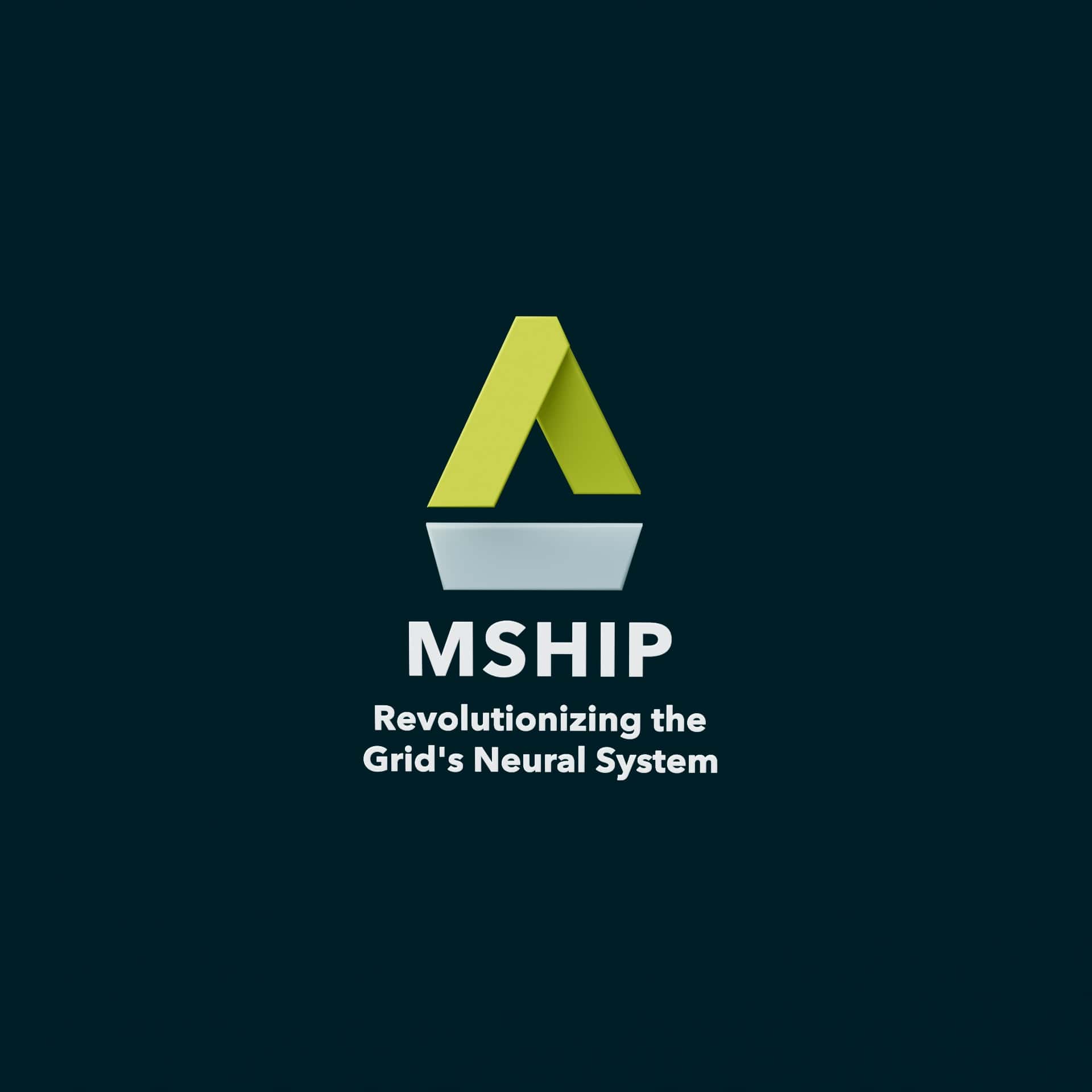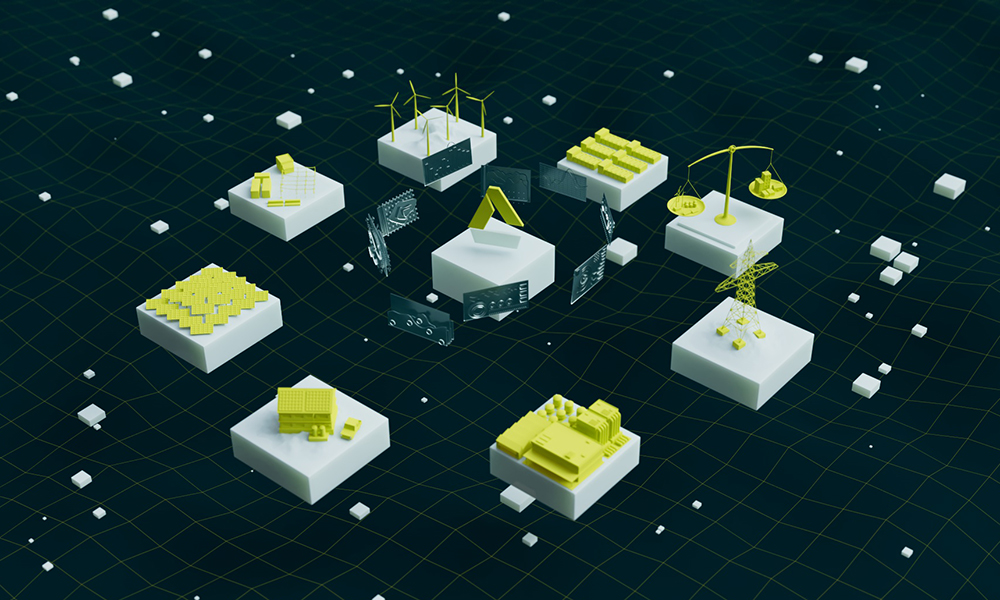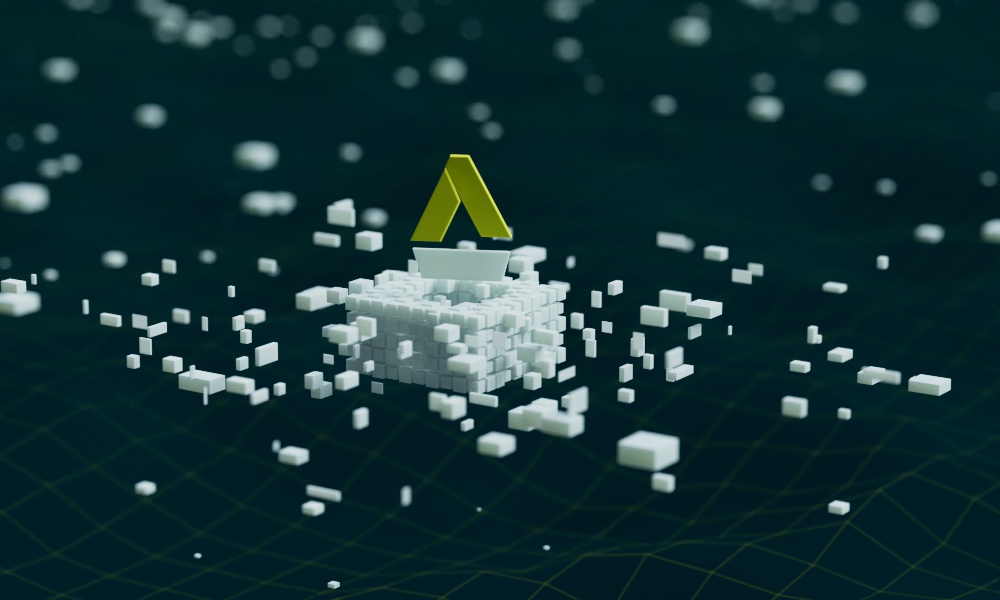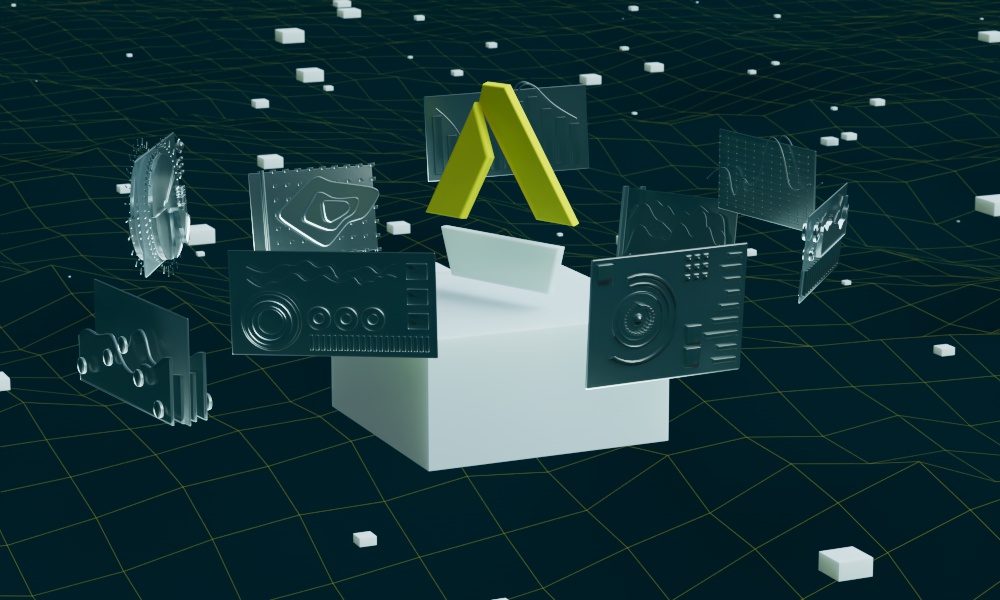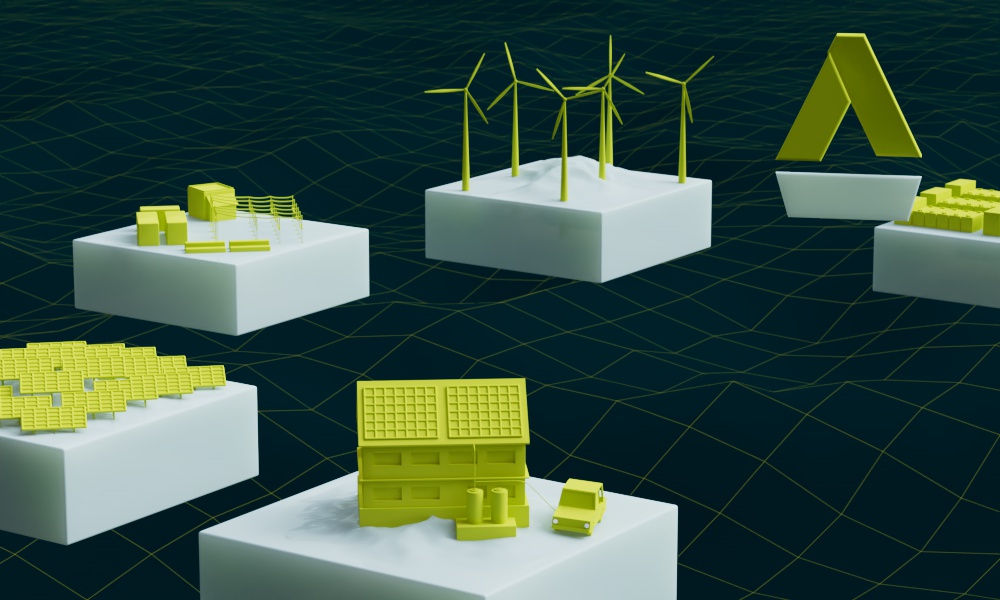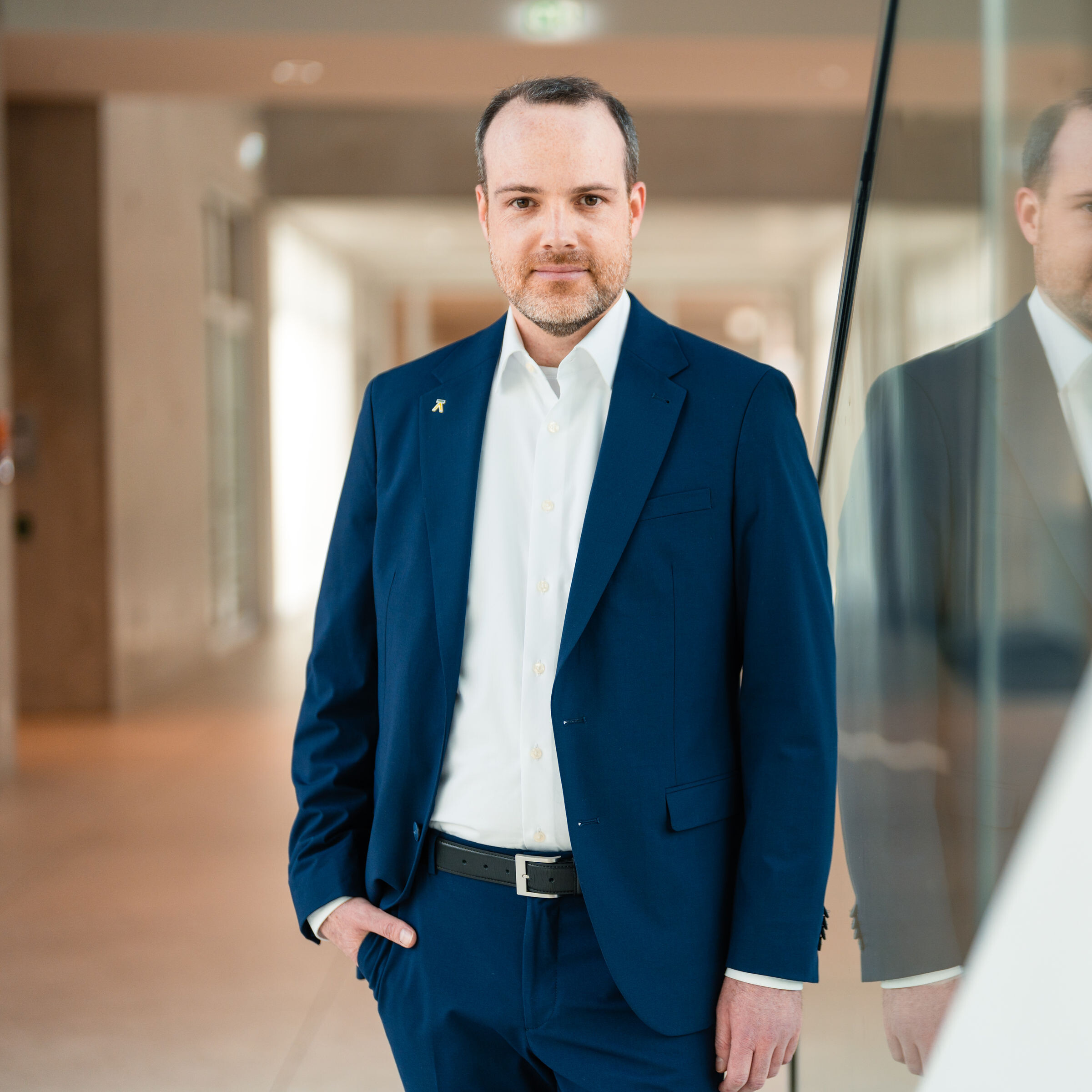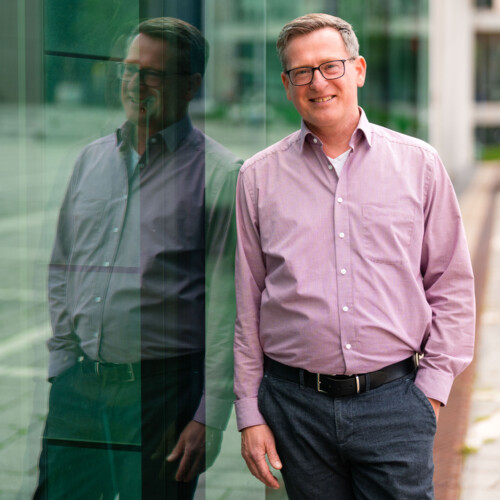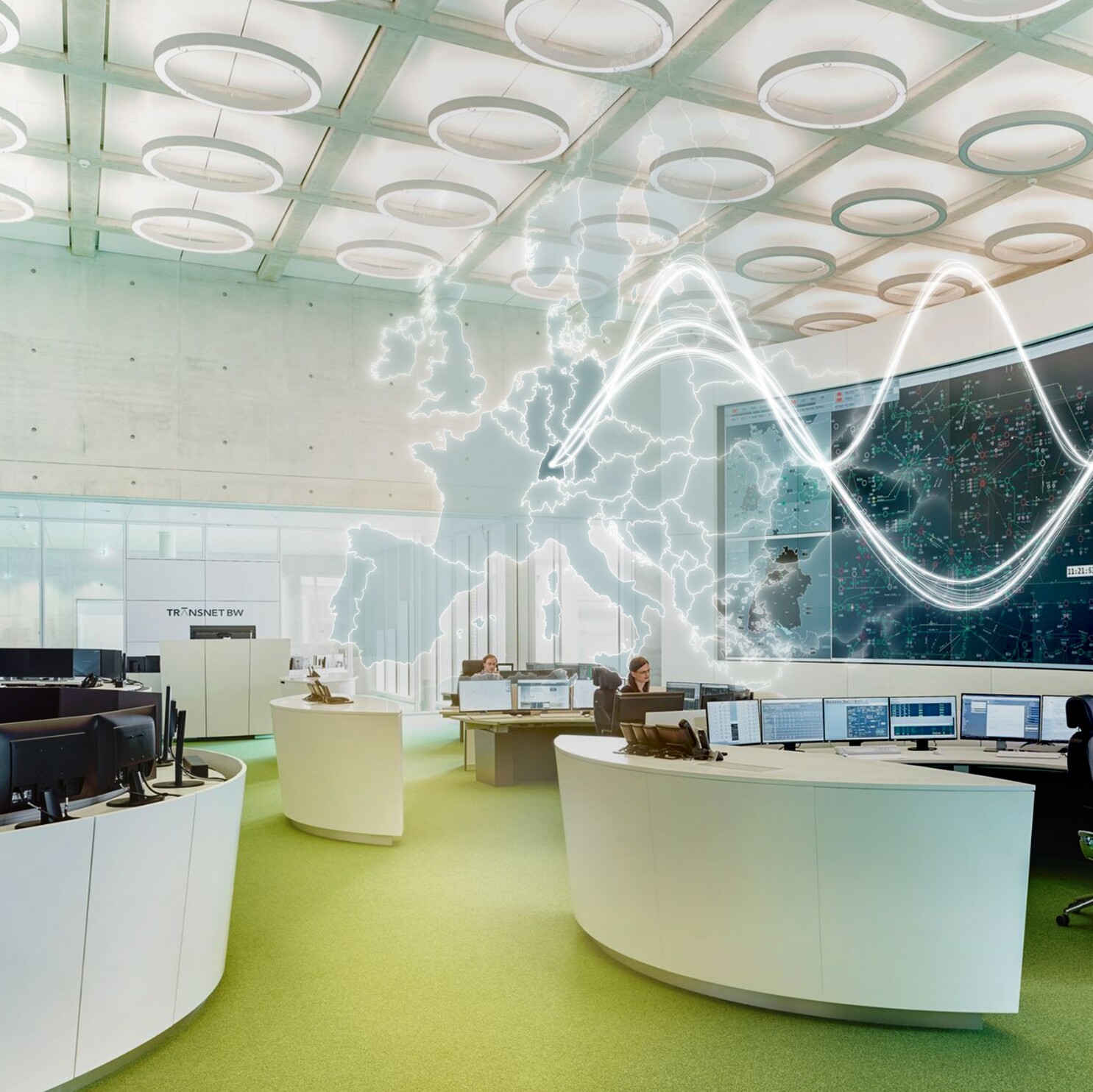How does MSHIP work?
Our digital neural system for the energy transition
At the heart of MSHIP, we are building a blackout-resilient OT/IT cloud-native platform in our own data centers. This is how we can fulfil the requirements of the energy transition while simultaneously ensuring full flexibility to react to changes and make adjustments during the process.
Definition
OT/IT-Cloud-native
OT/ICT-Cloud-native means fully developing and implementing applications using cloud technologies. In the case of MSHIP, “cloud-native” refers to the operation of our own in-house platform. OT stands for operational technology and refers to the hardware and software used to directly monitor, control and secure assets of critical infrastructures. ICT is the abbreviation for information and communication technology and includes electronic data processing and the associated hardware and software.
For this platform, individual or standard software for managing the electricity grid are integrated, built and docked.
With MSHIP, we are also sustainably building up our own expertise in order to be able to control the grid infrastructure of the future using our platform. The MSHIP team is therefore shaping the entire MSHIP life cycle, including design, architecture, development, testing and operation.
The challenge we face over the next few years is to maintain the existing systems and refine parts of them, while simultaneously establishing IT systems in the new MSHIP structures. We want to work in partnerships with international manufacturers, service providers and other grid operators on technical and technological issues. Together, we can speed up the energy transition even more.
